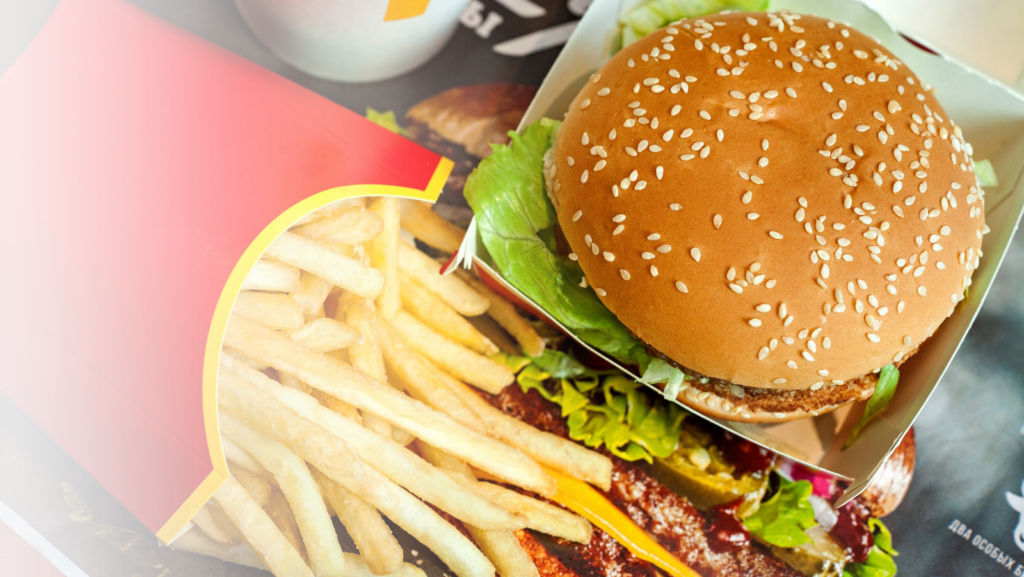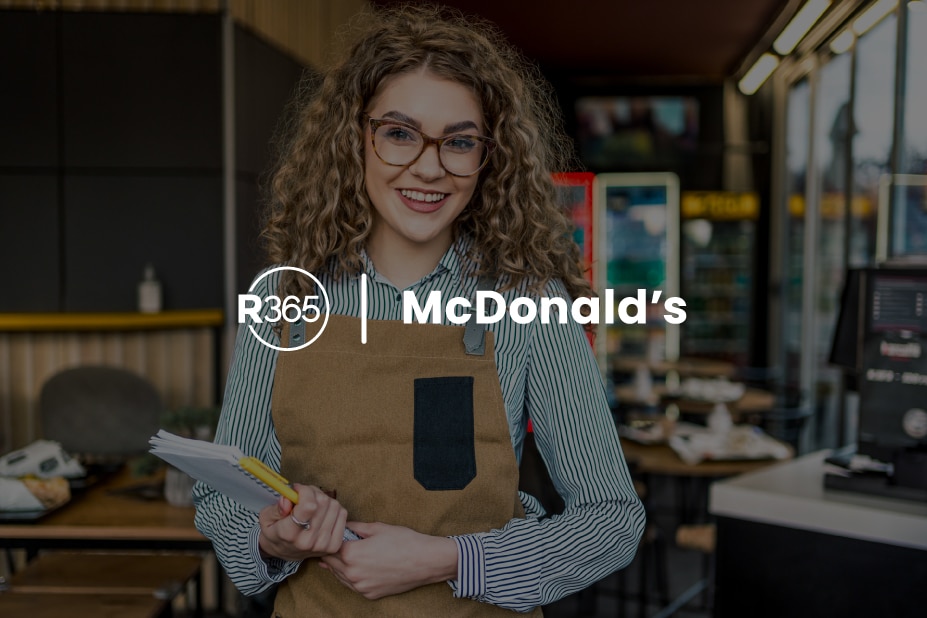Data drives successful restaurants. After all, it’s hard to improve a metric if you don’t know your starting point.
You can use data to improve restaurant operations, both in your front of house (FOH) and back of house (BOH). Tracking key FOH metrics can help provide a path to healthy revenue levels. Optimizing your BOH and FOH metrics boosts the efficiency of your labor and food spending.
Tracking BOH and FOH data can help you root out issues and discover potential solutions. And once you start to implement different changes, you can track your progress with data and find out what’s working.
Both BOH and FOH restaurant KPIs deserve a closer look to help protect your profitability. In this blog post, Part 1 of 2, we will dive into the metrics you should be examining with your FOH’s profitability. (Want to know more about BOH data? Read Part 2 here.)
Restaurant KPIs impacting a profitable front of house
Focus on four main areas that touch the guest experience to get the most out of FOH business:
- Maximizing your revenue with your mix of dine-in, takeout, and delivery
- Streamlining operations with integrated, robust FOH tools
- Understanding your guest with CRMs, segmentation, and reporting
- Driving repeat business with automated, personalized marketing efforts
You should start by creating a baseline of data that you can check over time to monitor improvement. So, what data should you be tracking around your FOH?
Focus on the customer experience
First, start by examining the entire customer experience. Any data you can collect about different stages of the guest experience can help you better optimize each element.
When a customer first discovers your restaurant through a search and discovery platform, what does their first impression look like? A new customer may book a reservation or an event, which means the customer will receive confirmations and reminders. Or the new diner may check out your social media or an affiliate network. Every step of this process, from the beginning to end, influences how a customer perceives your restaurant.
Next, examine the guest experiences while actually dining with you, whether on or off premise. This part of the customer experience covers everything from online ordering to payment and getting a reservation to being waitlisted.
Finally, how do you get a customer to return? By figuring out how the first experience went, you can set up successful loyalty and retention activities. Whether you solicit guest feedback, promote special offers based on customer behavior, or set up marketing automation for your loyalty program, your tailored marketing solution is also part of the overall customer experience.
How customer acquisition costs affect restaurant profitability
Ultimately, your FOH profitability is affected by how much it costs to get business in the door. Do you know how much do you spend to acquire a new on-premise and off-premise customer?
You can calculate this number with a simple calculation:
Average Customer Acquisition Cost = Marketing Expenses ÷ Total New Customers
Your marketing expenses include anything you spend on a marketing campaign, like purchasing monthly targeted ads or doing paid social ads.
Marketing expenses should also include any third-party fees, whether per cover or per order. These third-party fees increase your exposure and deliver customers, so they should be seen as marketing fees. Essentially, you are paying a commission for being available for the order or reservation.
Increase average spend per guest
Next, use your data to increase how much your average guest spends at your restaurant. This data point is known by many different names: price per guest, price per cover, guest average, or check average.
Basically, you are answering the question: once the customer enters your restaurant, or places an order, how much money is spent? How much does a guest need to spend so that it was a profitable use of that seat?
You can use the following formula to calculate average spend per guest:
Guest Average = Total Sales* ÷ Total Number of Covers or Orders
Note: with the above equation, make sure to remove tax and tip from your total sales, because that amount doesn’t go to the restaurant.
When you evaluate this data, make sure that you examine covers versus orders separately, because there is typically a large difference in guest spend for dine-in versus takeout. In addition, you can break down these numbers by other factors, such as meal or day part, or even weekday versus weekend.
You can track this number over time as you implement different tactics to increase the average spend. There are a few ways you can increase average spend, such as:
- Sell upgrades in advance (like wine pairings or a floral arrangement)
- Plan in-restaurant experiences (like prix fixe menu, or live music)
- Offer ticketed events
- Encourage order add-ons (like adding a protein to a salad, or upgrading drink sizes)
- Train servers to review your CRM and strategically upsell based on what a guest has ordered in the past
Watch your turn times
Do you know how many turns your restaurant does per shift? And based on the turns, how many covers?
Your “turn time” is how long each party sits. The number of table turns that you do in a night will ultimately affect your guest count.
Track how long your average party sits, as well as the average turn time by party size. If possible, with your table management system, also break this data down into turn time by server so you can evaluate how your team is interacting with tables.
You can also examine your cover utilization, or how many covers you are seating per shift. Capacity optimization relies on building the perfect book of reservations with your table management system.
There are ways to increase turns without sacrificing service. First, if you have a reservations tool, you can leverage smart seating via an auto-assign algorithm. This automatically assigns smart table configurations, allowing you to maximize where you put reservations so you can fit more covers.
You can also track your metrics on how many people no-show or cancel, so you can be confident in your overbooking strategy to maximize your seating plan.
Finally, you can also leverage other tools like a virtual waitlist with accurate wait time quotes. The more accurate your wait times, the more likely it is that guests stay on the waitlist.
Learn from your guest feedback
One of the most crucial data sets that is frequently overlooked is your guest feedback.
Do you know your average rating from direct guest feedback and public sites? It’s essential to have both direct feedback (ratings from in-house surveys) as well as public reviews on Yelp, Google, and other ratings sites.
Getting guest feedback directly from your customers can feel a bit intimidating, but it is advantageous. If you solicit guest feedback yourself, you can fix issues before they are published on Yelp—and you can earn yourself a loyal, dedicated customer in return.
While it can be time consuming to stay on top of guest feedback, you can learn a lot from your average ratings and comments. Reviews can alert you to service inconsistencies, needed improvements, or even reactions to menu changes.
What’s the value of a customer?
Finally, for FOH, understanding the value of a loyal customer can help you make better decisions.
To understand value in concrete terms, calculate the predicted cash flow from a “regular” based on their visit frequency and average monetary spend:
Average Customer Value = Average Spend (on- or off-premise) x Average Number of Experiences Per Year
This number can vary by restaurant, so make sure to also consider the average ticket size, visits per year, and party size.
Your regular customers provide exceptional value for your restaurant. These are the customers who come back, who you can count on if there is a slow day or a special event. They also serve as part of your marketing by recommending you to family and friends.
Once you know the annual value of a customer, you know what to work toward achieving with your regulars. You can maximize customer value by focusing on areas like:
- Finding more of your “target” customers (even if you must spend more to get them)
- Providing exceptional service
- Prioritizing guest retention
Conclusion
Your restaurant is constantly generating data, whether you are tracking it or not. But by tracking FOH restaurant KPIs, you can take advantage of this information to improve guest satisfaction and increase your sales levels over time. Whenever you use data to inform your decisions, you are adding to your ultimate restaurant profitability.
If you would like to easily track data and gain insight into your operations to increase efficiency and boost profits, consider a comprehensive, restaurant-specific management solution. Restaurant365 incorporates restaurant accounting software and restaurant operations software into an all-in-one, cloud-based platform. It includes tools for financial reporting, operational reporting, inventory control, scheduling, and more. For more information, schedule a free demo.
SevenRooms is a data-driven guest experience platform that empowers operators to build more profitable direct relationships, deliver exceptional experiences, and increase repeat visits and orders.



